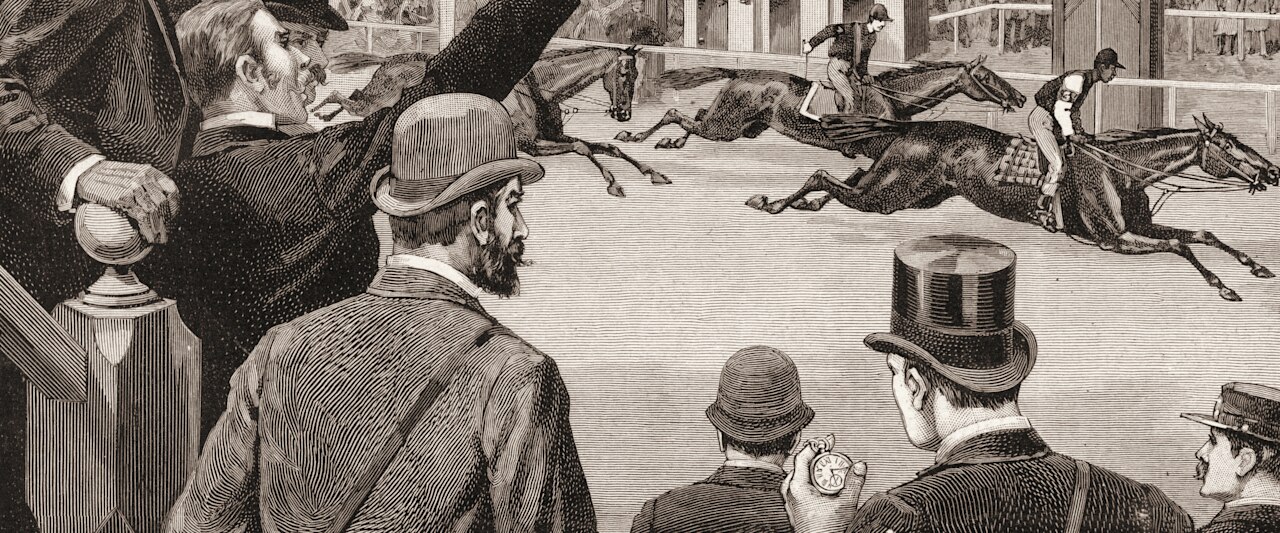Exploring the history and versatility of this popular complication
The Watch Edit: Masters of Time by DFS
Timekeeping devices are generally tasked with giving you a snapshot of the current time at any given moment during the day – the hours and minutes, occasionally the date, with the seconds coming in more as an indication that the watch is functioning properly; rarely do we need to know, on a practical basis, the time to the second. However, there are occasions when we require a more precise time measurement, whether it be a competitive event, conducting a scientific experiment, or simply preparing a meal; this is where the chronograph comes into play.
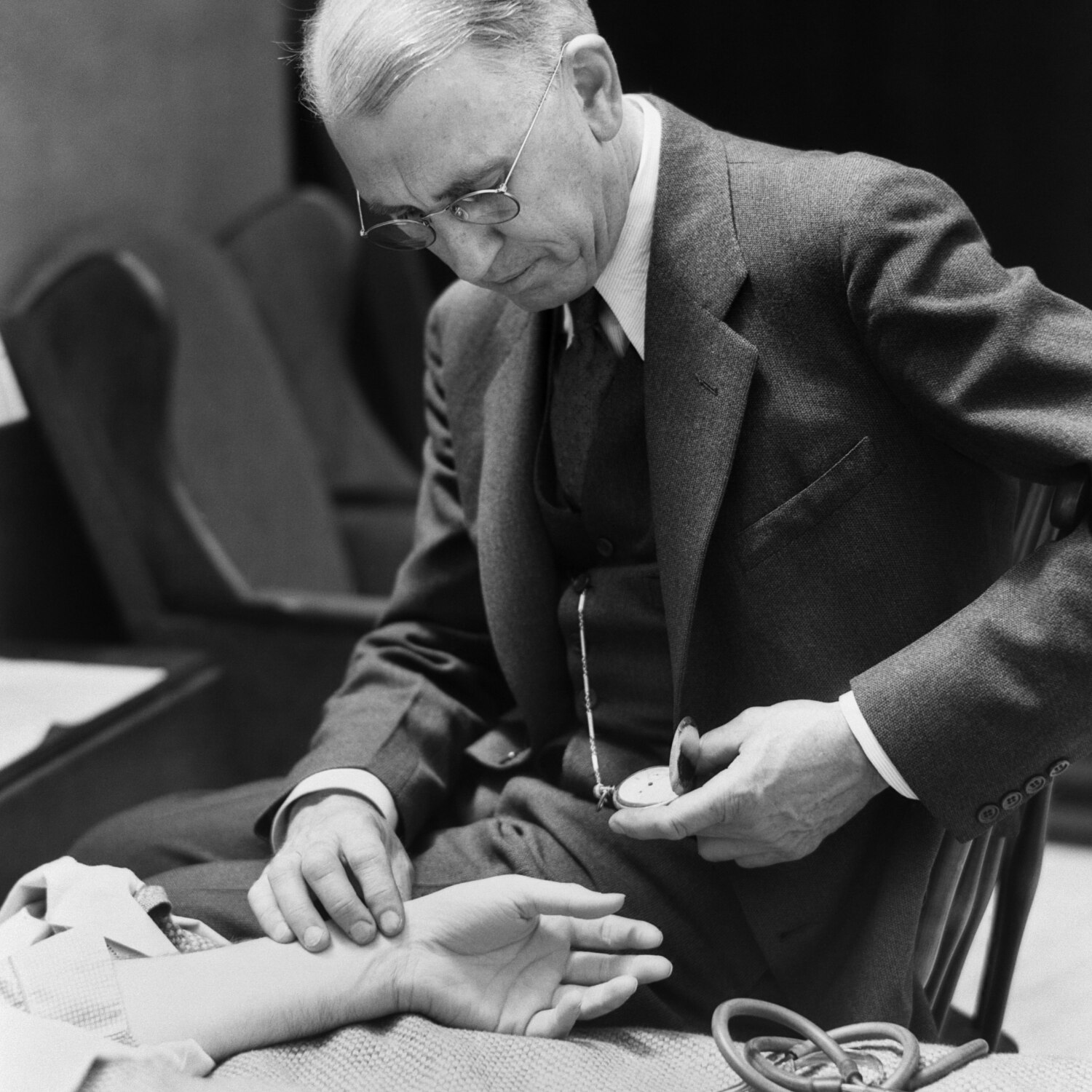
A chronograph may be marked with a pulsometric scale, to help doctors measure a patient’s heart rate
The origins of the complication are not very well-documented. For some time, the first timing device to be called a “chronograph” was credited to Nicolas Rieussec, a French watchmaker who in 1821 created an instrument that would use ink drops to mark the elapsed time between two events, in this case, a horse race. The modern term comes from that device, as it’s the combination of two Greek words: “chronos” for “time”, and “graphos”, “to write”, in effect a “time writer”, or chronograph. However, another device would be discovered at auction, perhaps more akin to how modern chronographs are constructed, built by Louis
Moinet in 1816. This is viewed as the first chronograph, although it should be pointed out that both the Moinet and Rieussec devices were effectively stopwatches and they did not indicate the current time, as today’s wristwatch chronographs do.
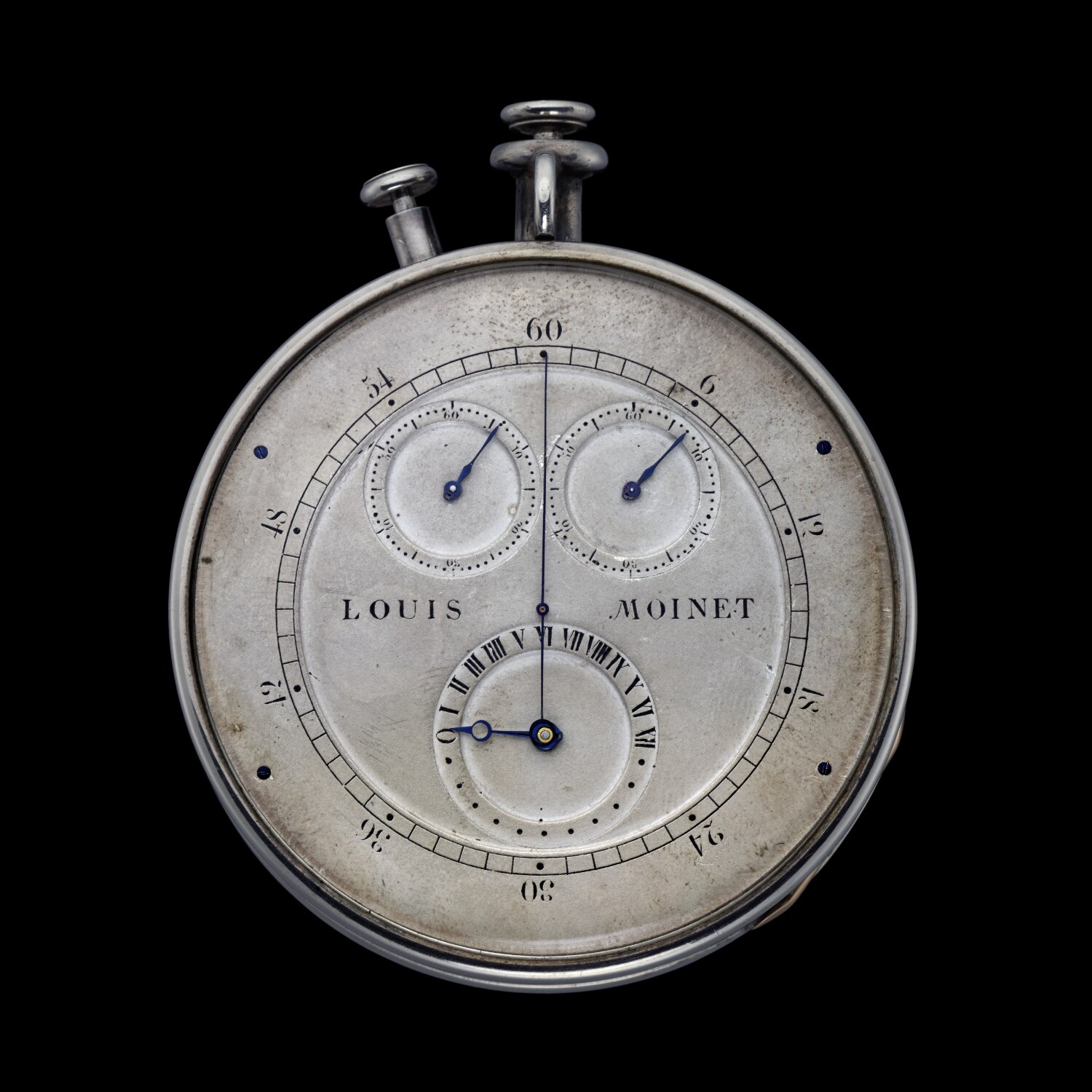
This device made by Louis Moinet in 1816 is one of the first documented chronographs
As the pace of life accelerated, particularly after the Industrial Revolution, chronographs became increasingly in demand for their added functionality. A prime example is the Blancpain Air Command, which has a direct lineage to the pilot’s watches that were a key tool for military aviation. It also allows us to see how the complication is one of the most diverse within watchmaking, as it can have a variety of additional features or displays; the Air Command features two of these: the flyback function allows the pilot to restart the chronograph without having to first stop and reset it, a valuable feature in navigation when turns may be required at very precise intervals, and a scale around the dial which is a tachymeter, allowing for an estimation of speed between two fixed markers; if the chronograph is started at the first one, then stopped when passing the next one, the speed will be shown by the chronograph’s second hand, depending on the distance between the two markers. If it’s one kilometer, and the elapsed time is 20 seconds, then the estimated speed is 180kph.
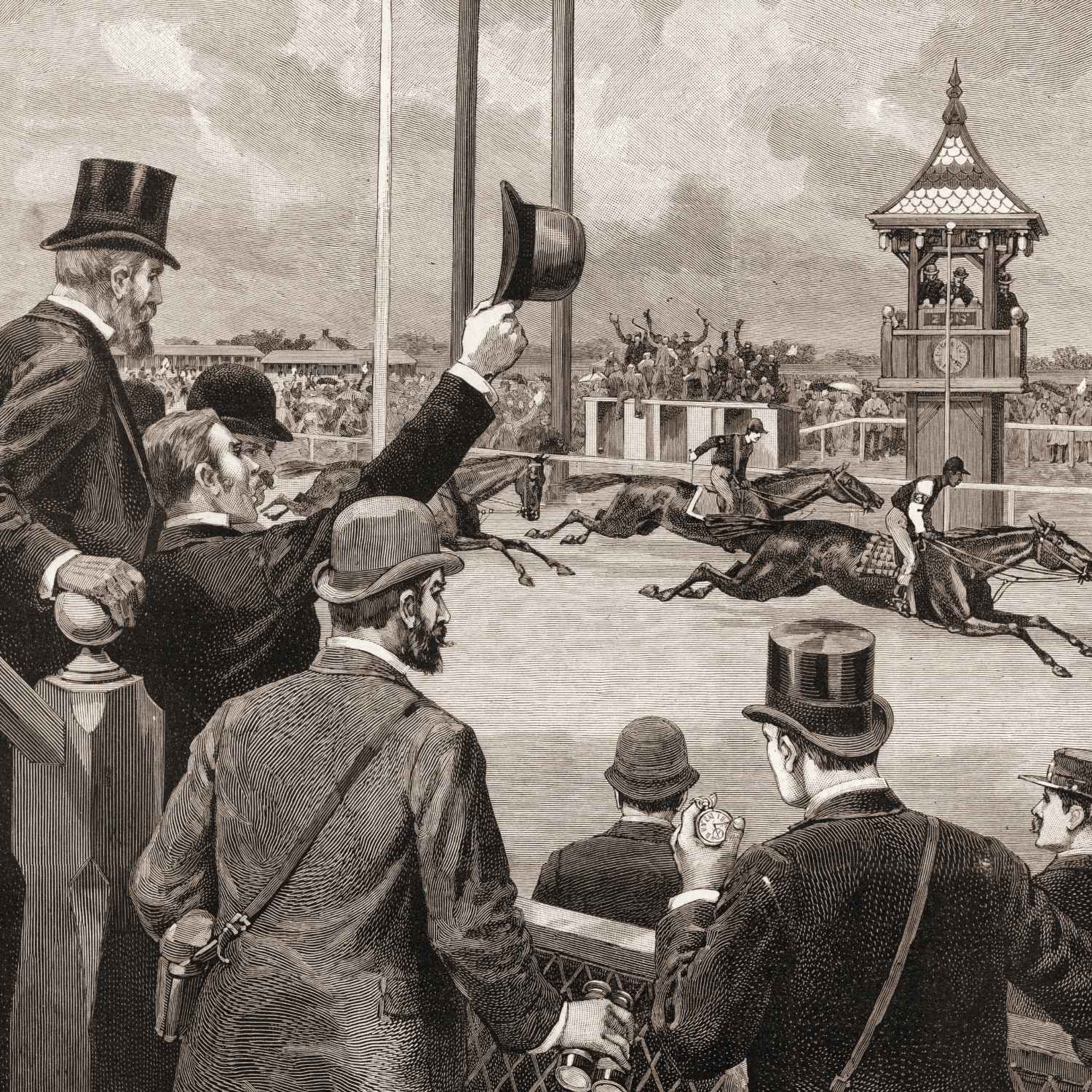
The first use of the word “chronograph” was applied to a Nicolas Rieussec device made in 1821 to time a horse race
The inverse of this scale is the telemeter, as shown on the Montblanc 1858 Monopusher Chronograph, which is used to estimate the distance itself thanks to the difference between the speeds of sound and light; you start the chronograph when you see an event, and you stop it when you hear it, for example, when you see a bolt of lightning then hear the thunder after a short interval. If the chronograph shows five seconds, you can estimate that the lightning bolt struck just over three kilometers away. The Montblanc 1858 also features a different control mechanism for the chronograph, a monopusher; rather than having separate pushers to start and stop then reset, a single pusher handles the tasks with each subsequent activation starting, stopping and then resetting the chronograph. It lends itself to a more discreet and elegant profile for the watch.
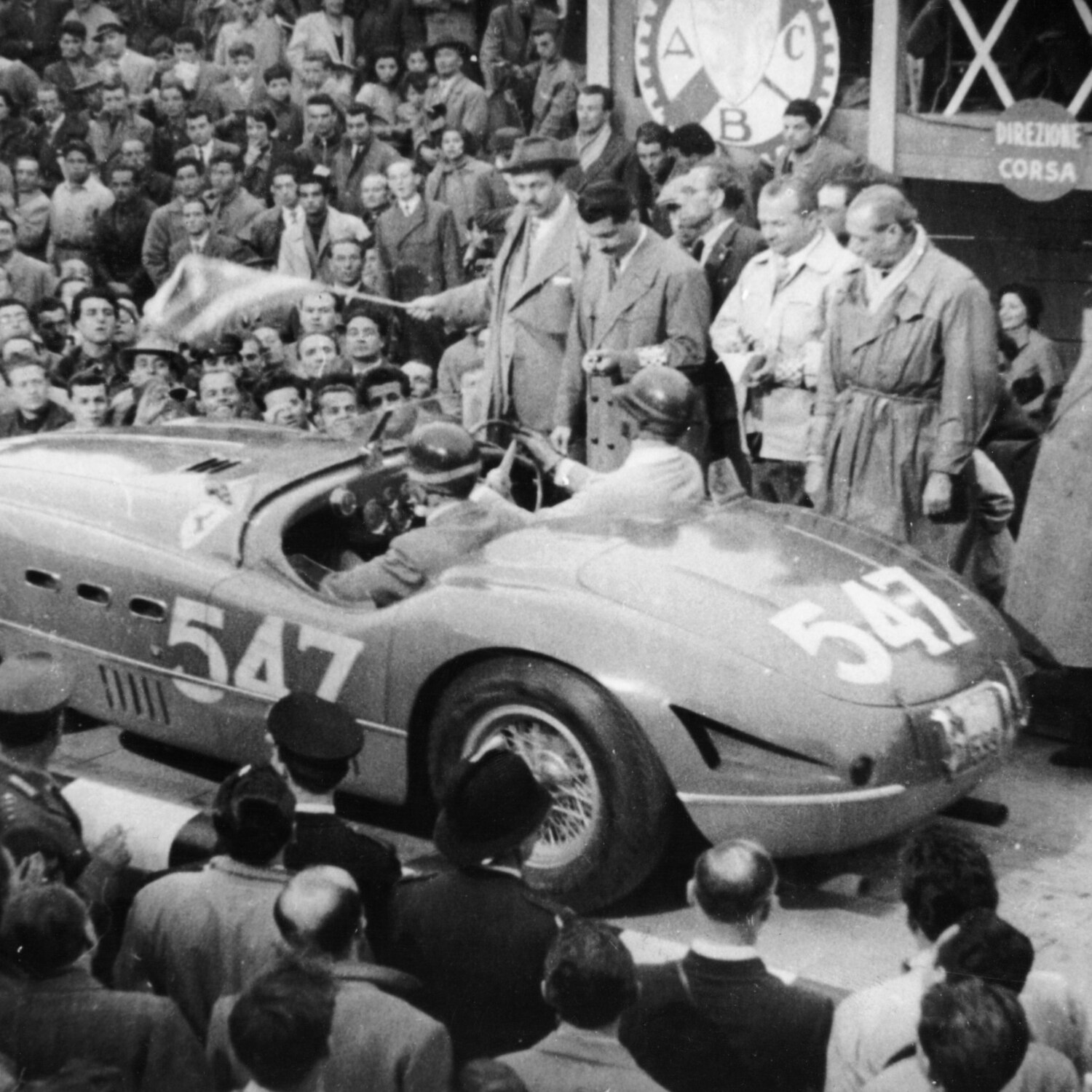
Chronographs are often associated with speed and high performance
Speed in itself is also part and parcel to the performance of a chronograph; an indicator is the inherent speed of the watch’s mechanism, measured in hertz or in vibrations per hour. It’s always a delicate balancing act, for there needs to be a consideration of the available power reserve and the impact on the watch’s components – this is similar to cars, where it is certainly possible to make them faster, but at the expense of fuel economy and wear and tear on the drivetrain. Make the watch’s caliber operate faster and the chronograph may function with higher precision, but at the expense of the available power reserve and a significant impact on the durability of the components, amongst other concerns for the overall running of the timepiece. Perhaps the best known of these higher performance calibers is within the Zenith Chronomaster Sport, which contains the latest version of the legendary El Primero movement, originally developed in the late 1960s and one of the first to boast an automatic winding system as well as a higher operating frequency.
These are just a few of the many aspects that make chronographs such a fascinating complication to explore, and one that is certainly the keystone in any watch collection.















